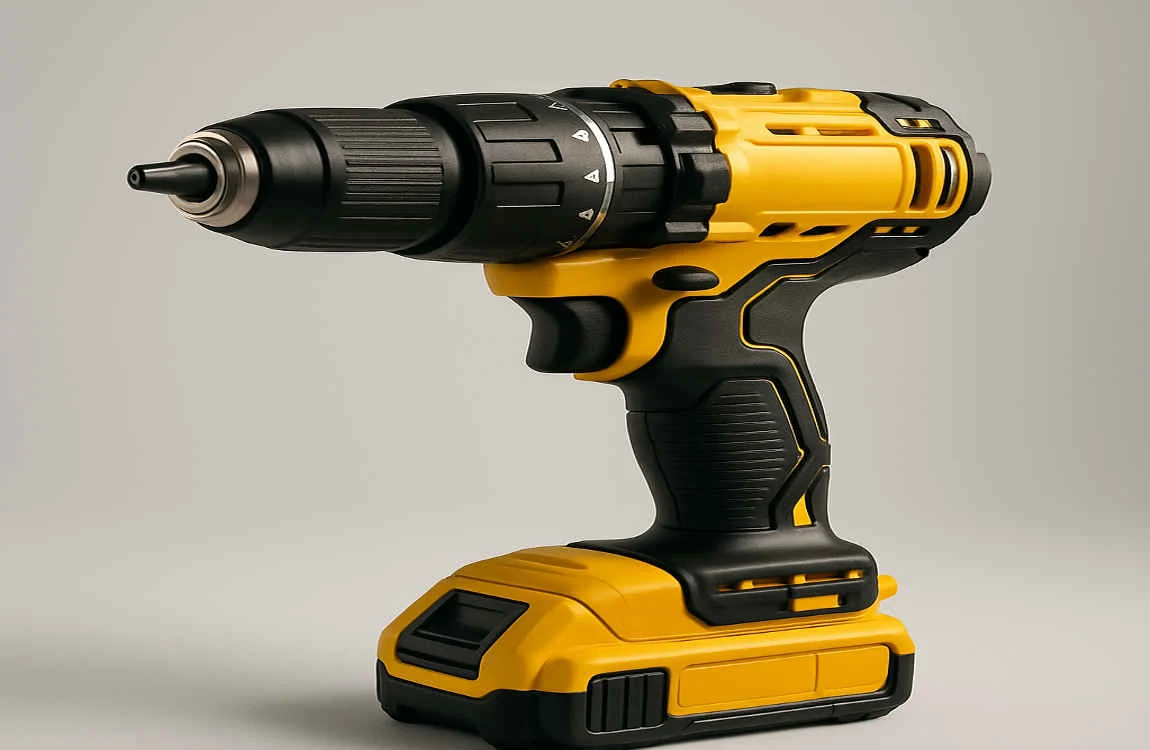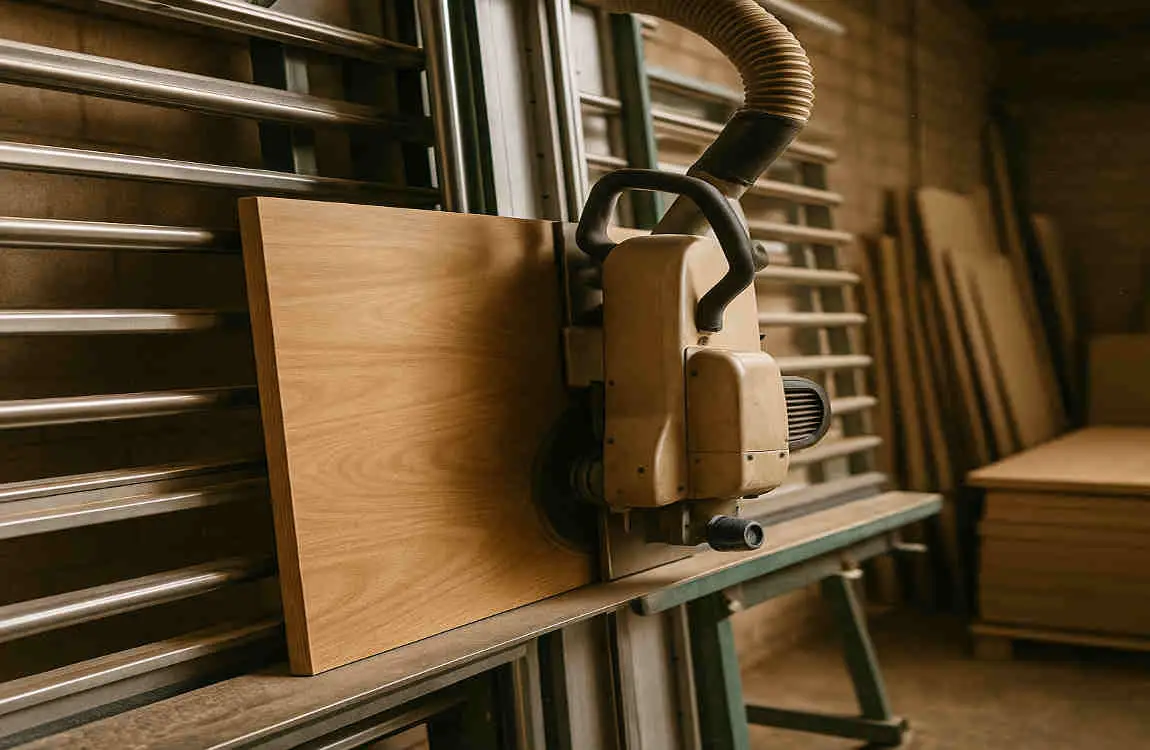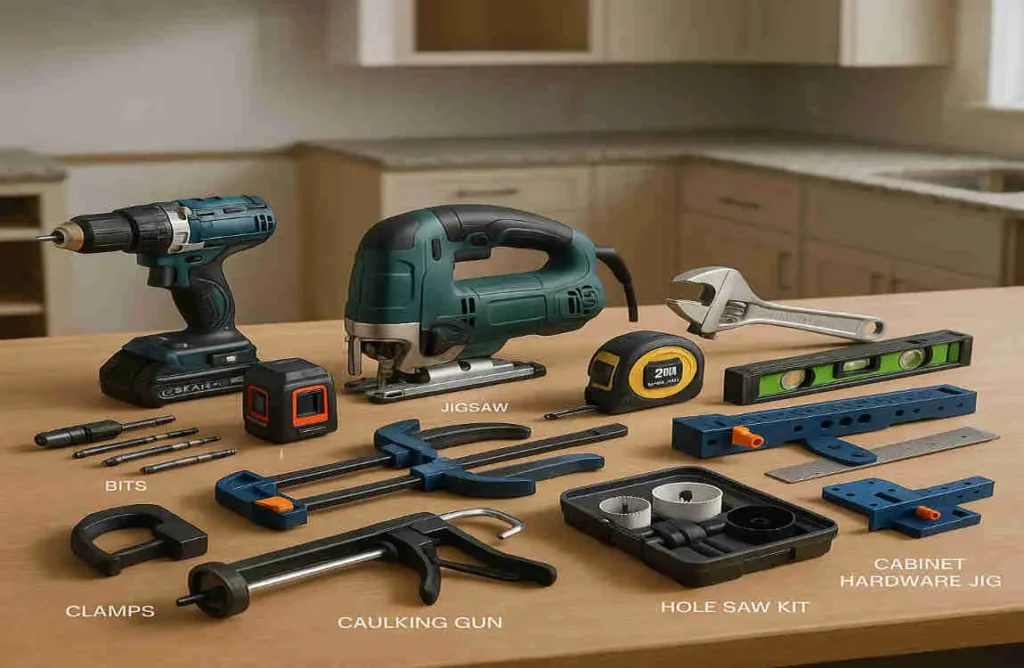Hey there, fellow kitchen fitter or aspiring pro! If you’ve ever tackled a kitchen installation project, you know that the right tools can make all the difference between a smooth job and a frustrating mess.
Consider this: kitchens are the heart of any home, and fitting them requires handling everything from sturdy cabinets to sleek countertops. Using high-quality house kitchen fitter tools helps you avoid costly mistakes, work more efficiently, and deliver that wow-factor finish clients love. Whether you’re a seasoned expert or just starting out in professional kitchen fitting tools, investing in the right gear elevates your game.
We’ll cover each tool in detail, explaining why it’s a must-have, how to use it effectively, and even some tips on picking the best models. By the end, you’ll feel equipped to build or upgrade your toolkit. Stick around, because we’re also throwing in some practical lists and a handy table to make things even clearer. Let’s get started and transform your kitchen fitting projects!
Electric Combi Drill: Your All-Purpose Powerhouse

Imagine you’re in the middle of installing kitchen cabinets, and you need to drill precise holes or drive screws into tough materials without breaking a sweat. That’s where an electric combi drill steps in as one of the most vital house kitchen fitter tools. This versatile beast combines drilling and screwdriving functions, making it indispensable for professionals who demand efficiency.
Why Every Kitchen Fitter Needs One
Professionals rely on a high-quality electric combi drill because it handles a wide range of tasks. You can switch between modes effortlessly—drill into wood for cabinet frames, or drive screws into metal brackets. This tool saves you time by eliminating the need to switch between separate devices. Plus, it enhances your precision, ensuring holes are straight and screws are secure, which is crucial for a stable kitchen setup.
The Versatility in Action
Let’s break it down: in kitchen fitting, you’ll encounter various materials, including wood, plastic, and even lightweight masonry. A combi drill’s adjustable speed settings let you adapt to each one. For instance, use a lower speed when working with delicate plywood shelves to avoid splintering. And don’t forget, this tool excels in tight spots, such as under countertops, where bulky equipment simply won’t fit.
Cordless Models: Freedom on the Job Site
Opt for a cordless electric combi drill for maximum mobility. Without cords getting tangled, you can move freely around confined kitchen spaces. Battery life has significantly improved in recent models, often lasting a full workday on a single charge. Professionals appreciate brands like DeWalt and Makita for their durable batteries and ergonomic designs, which help reduce hand fatigue during extended sessions.
Choosing the Right Drill Bits
To get the best results, pair your drill with the correct drill bits. For wood, opt for spade or twist bits to prevent tearing. Masonry bits are tougher for walls, which helps prolong your tool’s life by reducing wear and tear. A mismatched bit can lead to poor holes or even damage your drill, so always match them to the job.
Popular Features and Models
Look for features such as LED lights for improved visibility in dimly lit cabinets and variable torque settings for precise control. A popular choice among pros is the Bosch Professional GSB 18V-55, known for its power and reliability. Have you tried one yet? If not, it might just become your new favorite in the house kitchen fitter tools lineup. Investing in this tool not only boosts your efficiency but also impresses clients with professional-grade results.
Router and Worktop Jig: Crafting Perfect Edges
When it comes to shaping and finishing kitchen surfaces, nothing beats the combo of a router and a worktop jig. These house kitchen fitter tools are game-changers for creating smooth grooves, recesses, and edges that scream high-end quality.
You may also read (house german kitchen makeover).
Understanding the Router’s Role
A router is essentially a high-speed cutting tool that spins bits to carve out material. In kitchen fitting, you use it to make precise cuts in wood or plastic for features such as hinge recesses or decorative edges on cabinets. It’s all about achieving that clean, professional look without rough patches.
How Worktop Jigs Guide Your Work
Pairing your router with a worktop jig takes accuracy to the next level. These jigs serve as templates, guiding the router along straight lines for precise cuts on countertops. Say you’re fitting a new worktop around a sink— the jig ensures your edges are straight and error-free, minimizing waste and rework.
Guaranteeing a High-End Finish
This duo ensures that edges fit together seamlessly, enhancing the overall kitchen aesthetic. Professionals swear by it for tasks like routing out spaces for appliances, where even a small mistake can throw off the entire installation. The result? A sleek, polished finish that clients rave about.
Recommended Models and Types
For routers, consider plunge models like the Trend T11 for their depth control. As for jigs, adjustable ones from brands like Silverline are popular because they adapt to different worktop sizes. What jig do you use in your projects? Sharing tips in the comments could help fellow fitters!
Jigsaw: Mastering Awkward Cuts
Ever faced the challenge of cutting out a perfect circle for a sink in a solid worktop? That’s when a jigsaw becomes your best friend among house kitchen fitter tools. This handheld power saw excels at curved and irregular cuts that other tools can’t handle.
Essential for Precise Shaping
A jigsaw allows you to navigate tight curves with ease, making it ideal for use in home spaces or for custom cabinet modifications. Its blade moves up and down rapidly, giving you control over the cut’s direction. Professionals value this for maintaining precision in tricky spots.
Blade Types for Different Materials
Choose the right blade to match your material—fine-tooth blades for clean wood cuts, or coarse ones for faster work on laminates. Always secure your workpiece and wear the necessary safety gear to prevent mishaps.
Tips for Best Use
Start slow, let the tool do the work, and use guides for straighter lines. Have you experimented with orbital action settings? They can make cutting smoother and faster.
Wood Planer: Smoothing to Perfection

Smoothing out uneven wood surfaces is a breeze with a wood planer, a staple in any professional’s tool kit. It shaves off thin layers to create flat, uniform pieces.
Role in Finishing Tasks
Use it on doors and drawers to ensure everything aligns perfectly. This tool helps achieve that sleek fit essential for functional kitchens.
Cordless vs. Corded Options
Cordless planers offer portability for on-site jobs, while corded ones provide consistent power. Pick based on your mobility needs.
Why Portability Matters
On busy sites, a lightweight planner lets you move quickly, saving time and effort.
Panel Saw: Straight Cuts on Large Materials
For handling big sheets like plywood panels, a panel saw is unbeatable in the world of house kitchen fitter tools. It delivers accurate, straight cuts every time.
Reliable for Rough Cuts
This saw excels at initial cuts, setting the stage for finer work. It saves you hours compared to manual methods.
Key Features for Pros
Look for portable models with dust collection and high-quality blades. Size matters—bigger saws handle larger panels efficiently.
Dust Vacuum/Dust Extractor: Keeping It Clean
Kitchen fitting generates tons of dust, but a dust vacuum or extractor keeps your workspace safe and tidy, a must among kitchen installation tools.
Battling Dust on the Job
These tools suck up debris instantly, improving air quality and visibility.
Improving Safety and Quality
A clean site reduces slip hazards and ensures better finishes. Select models with HEPA filters for fine particles.
Selection Tips
Go for ones that attach to your power tools for seamless extraction.
Here’s a quick list of benefits for using a dust extractor:
- Reduces health risks from inhaling particles.
- Extends tool life by preventing dust buildup.
- Speeds up cleanup, letting you focus on fitting.
Mitre Saw: Angled Precision
You may also read (guide to cleaning brown stains on house mattresses).
Angled cuts on trims and moldings? A mitre saw handles them flawlessly, enhancing your best kitchen fitter tools collection.
For Accurate Angles
It pivots to cut at exact degrees, perfect for cabinet edges.
Enhancing Final Appearance
Precision here refers to seamless joins and a professional appearance.
Features to Consider
Blade size and bevel options are key for versatility.
Impact Driver: Power for Tough Jobs
Driving screws into dense materials is effortless with an impact driver, complementing your house kitchen fitter tools nicely.
Quick and Efficient Driving
Its rotational force tackles long screws without stripping.
Complement to Combi Drill
Use it in conjunction with your drill for maximum efficiency.
Battery and Ergonomics
Lithium-ion batteries and comfy grips make all-day use easy.
Essential Hand Tools: The Basics That Matter
No toolkit is complete without essential hand tools like tape measures, screwdrivers, adjustable wrenches, and chisels—the unsung heroes of kitchen fitting equipment.
Precision with Tape Measures
Accurate measurements prevent fitting disasters. Always double-check!
Screwdrivers and Wrenches for Adjustments
These handle fine tweaks, ensuring everything is secure.
Chisels for Fine Work
Use them with mallets for clean edges on wood.
Let’s compare some basics in a table:
Tool Main Use Why Pros Love It
Tape Measure Measuring distances Ensures perfect fits
Screwdriver Driving screws , Versatile for various sizes
Adjustable Wrench , Tightening nuts/bolts , Adapts to different fittings
Chisel Carving and smoothing provides detailed finishes
Stud Finder and Other Accessories: The Finishing Touches
Secure installations start with a stud finder, a key accessory in your house, as well as kitchen fitter tools.
Locating Studs for Stability
It detects wall studs, ensuring cabinets hang safely.
Helpful Add-Ons
Don’t forget putty knives for filling gaps or sandpaper for smoothing.
You may also read (what is the best kitchen sink placement for small houses).

